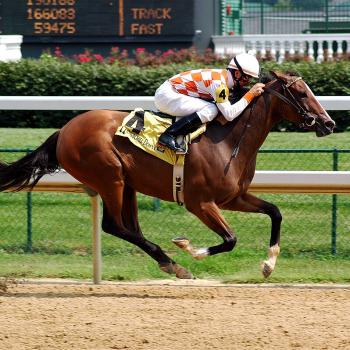See, I’m working on the clever titles.
I’ve been reading The End of the Suburbs, the latest in the New Urbanism genre; commentary on this book to follow later. But I wanted to start of with some context.
My husband and I ended up in this general area due to his, and later my, first job after grad school. We didn’t know anything about the Chicago area, and picked our first apartment based on proximity to freeways and to his job, the overall appearance of the complex, and the pricetag. A year later, after we had discovered the suburb we now live in, and which had a nice small-town downtown area, with a commuter train into downtown, we purchased our first home — a bargain-priced (pre-bubble, in 1997) 3-bedroom Georgian (we called it a “cube house”) in need of serious updating but in a good location. We spent our weekends and evenings stripping wallpaper and painting, but saved the kitchen remodel and the hardwood floor refinishing (after pulling up the carpet) for the professionals.
Five years later, our family was growing, and our incomes had grown, so we looked for a move-up house. There were three options under serious consideration: a home in Prairie Crossing, a home by the man-made lake in town, or a home in walking distance to “town.”
I made long pro- and con lists.
Prairie Crossing, a new subdivision in the far northern suburbs, was aiming for “traditional neighborhood design” principles. The houses were beautiful. They had front porches and alleys and a charter school and a community center, and a lake with a beach, and direct access to a forest preserve, and there was a commuter train station where two lines crossed paths, where they ultimately hoped to build out a small town center with shopping. But it was sooo far north that, though the commute was fine from our jobs in another northern suburb, it would make a job change to a closer-in suburb difficult, and the travel time to the city was quite long. Besides which, the development was split between two school districts, and the part that they were building in when we were looking was a formerly rural district where all the kids were concentrated at a very large campus seven miles from the development, so if the charter school ended up with a waiting list, or if we didn’t like their emphasis on environmentalism, we’d be stuck. (Later, we also learned that the site map that showed vacant areas to the south were carefully ignoring the landfill!)
The house by the man-made lake was quite nice. It was built in the 1980s, was spacious and roomy, and was only a block away from the lake, with walking paths, a boathouse (also a spot for ice cream and treats), and boat rental, as well as a park. We even put in an offer on it, but we didn’t come to an agreement on price, and I was somewhat relieved, because I didn’t really like the surrouding area much — there wasn’t anything to walk to except for the lake.
So we ended up with the close-to-town house. Really, I love our location. We’re a 15 minute walk from our small downtown, with a number of restaurants, a movie theatre, a small live theatre, a grocery store, concerts in the park in summer, the train station — and boutique-y stores I don’t set foot in. (There used to be a used-book store there; they closed maybe 5 years ago.) At the same time, we’re a 5 minute walk to school and church and the neighborhood park and pool. And because of the way the lots were platted, ours is one of a few blocks where the lots are extra-deep.
And we’re on a grid. I really, really don’t like subdivisions where the streets are all windey and you practically need a GPS to get out of the neighborhood. Here: north or south, east or west, I can get to my destination.
So I like all my conveniences. But we definitely paid a premium for them — a house of the same size, in a further our suburb or even a couple miles to the north or south of us, would cost less, potentially a lot less, depending on location. We’re OK with that — partly because we saved aggressively so that we had a hefty down payment and lower mortgage payment than otherwise, and we’ve made occasional additional payments to pay down the house earlier. And our house is not small — it’s just not as large as it would be for the same price elsewhere. But our neighbors with smaller budgets do have small houses — old ranches or Cape Cods or, further in, Chicago-style bungalows, with one car attached or two-car detached garages. And, at the same time, all the “amenities” — the train, the walking-distance pool, the traditional downtown, couldn’t survive just off of those of us in walking distance, but draw people who arrive in their cars. (To be sure, the city has overseen the building of a number of high-rise condo buildings to provide increased density to make the “amenities” sustainable, but the housing would have to be substantially denser to support this without people driving in and parking in the parking garages.)
Our situation is similar to what we experienced in Munich — except that, instead of benefitting from the car-driving population making walking-distance amenities viable, we benefitted from the vast majority of Munichers being packed into apartment building while we (subsidized by the cost-of-living adjustment in our expat package) lived in an end rowhouse with a (small) yard.
Anyway, this is all personal reflection and context for later posts.
Where do you live, reader(s)? Are you dependent on a car? Are you in a “food desert,” a mile from the nearest grocery store? Does it bother you? Or did you choose your home because you like crazy streets and cul-de-sacs and manicured subdivision entrances?












